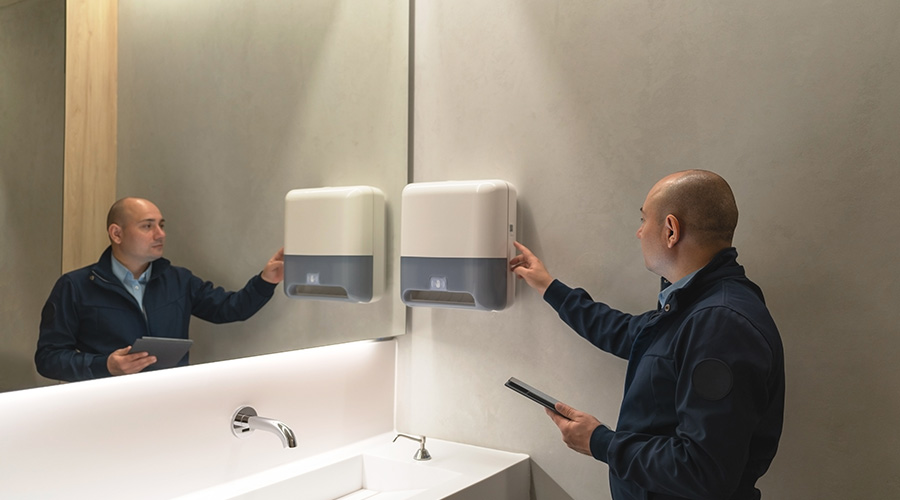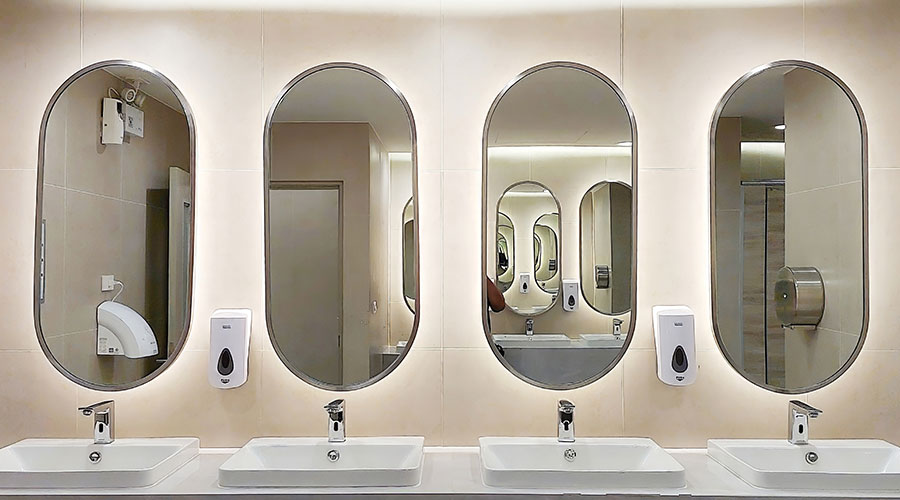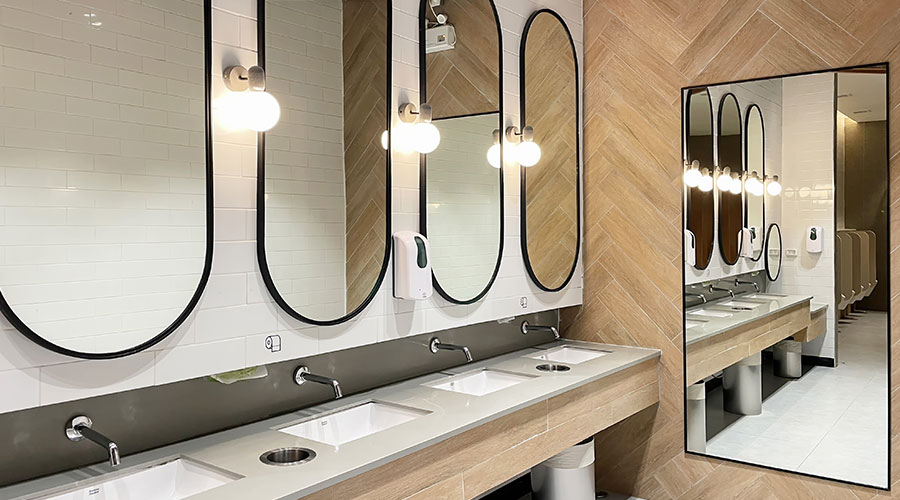Assessing Odor with Waterless Urinals
The University of South Maine offers an example of implementing this technology and demonstrating it as a viable alternative. The university retrofitted various types of waterless urinals in about 10 of their 30 buildings as of 2005. The university found the waterless urinals were easier to keep clean and created fewer odors than conventional urinals.
Odor issues typically resulted from poor cleaning or the need to change liquids or cartridges more regularly. In fact, the university found the touch-free nature of the urinals was a plus.
A study performed at the University of California Los Angeles (UCLA) to determine the way odors differed between waterless and traditional urinals found odors were more a function of urine on floors and surrounding surfaces than the type of urinal.
The study included a section that evaluated odor proliferation from waterless and conventional, flush-valve urinals. Sensors were located on each urinal at three locations: inside and immediately above the bottom; 6 inches in front of each urinal and level with the bowl lip; and at ceiling height near a return-air vent. The study concluded no statistically significant differences in odor existed between the two urinal types.
In general, waterless urinals have been better-received and maintained in office environments and higher-education institutions. Installing a test fixture might be beneficial in other areas, including high-traffic locations, settings prone to vandalism and fixture abuse, and K-12 schools.
Related Topics:
















